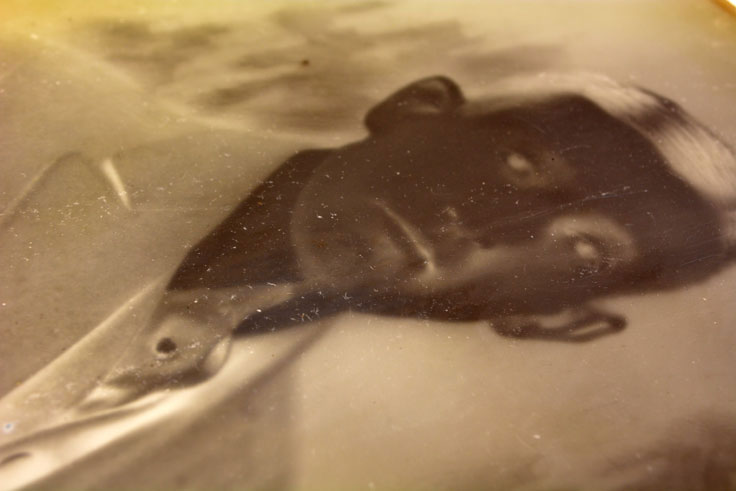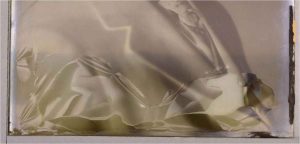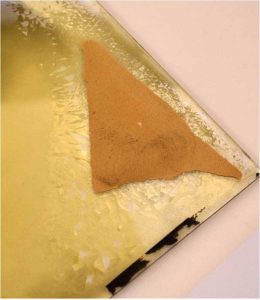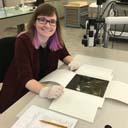
Purchase Tickets
Surveying the Bretzman Glass Plate Negatives
April 24, 2018

Charles F. Bretzman was a prominent photographer in Indianapolis during the beginning of the 20th century. The Bretzman Photo Company, was operated for nearly 80 years in Indianapolis. Bretzman ran the business with his, his wife, and son, Noble – who later took over the business – and was responsible for capturing images of Indianapolis’ people, places, events and architecture from 1900 to 1976. Unfortunately, in 1980 the home which housed the Bretzman Photo studio for almost 40 years burned down. Much of the Bretzmans’ work was damaged or completely destroyed. The salvageable pieces were given to Indiana Historical Society later that same year. Upon arrival at the IHS, all Bretzman materials were immediately placed in appropriate archival storage and the film negatives were scanned – and can now be viewed in our digital library – but the glass plate negatives received little attention until recently.
The fire caused interesting types of damage to appear on the Bretzman glass plate negatives. IHS conservators are striving to individually survey all 1,600 plates that are currently in our collection. The goal of the survey is to get a clear idea of all the different kinds of damage these plates have received as well as understand how many plates are in poor to good condition. With this information we can better create a plan of action to care for these objects.

The Bretzman plates are unique, and each time you survey one you never really know what you might find. The damage ranges from minor soiling, dust and soot build-up all the way to complete loss of the emulsion layer. Most of the plates will appear dusty on both sides. It is also common to see different kinds of surface accretions like adhesive residue on the emulsion layer and the glass side. Many of the plates have chipped corners, mirroring, water damage and redox-type spots. Interestingly, on many of the plates you can see fingerprints on either side of the plate.

Plates can also be broken or cracked. Some of the broken plates will have their pieces, but others those broken pieces are lost. We have also seen many plates that have some type of emulsion loss. The emulsion layer can be bubbling, flaking off in little pieces or lifting from the glass in large peel like pieces. Some of these plates have such extreme flaking that most of the image is lost or broken up in tiny pieces.

Last, another common issue we see with the Bretzman plates is the adhesion of paper tape or envelopes. Each of these plates was originally stored in envelopes. The plates ended up getting wet when the fire was being dealt with. This caused the emulsion layer to get tacky enough to have pieces of envelope adhere onto the emulsion layer. We have seen at least two extreme instances of this in the survey so far. In these cases, the emulsion layer has completely adhered to the envelope and is now lifting away from the glass.
The Bretzman plates are highly interesting pieces that have their own unique set of issues. This survey is allowing us to determine the range and types of damage, as well as, set aside and create special housing for the plates which are in the most need of separate flat storage. In the end, we are working towards treatment and the scanning of all 1,600 of Bretzman’s glass plate negatives within the collection.









